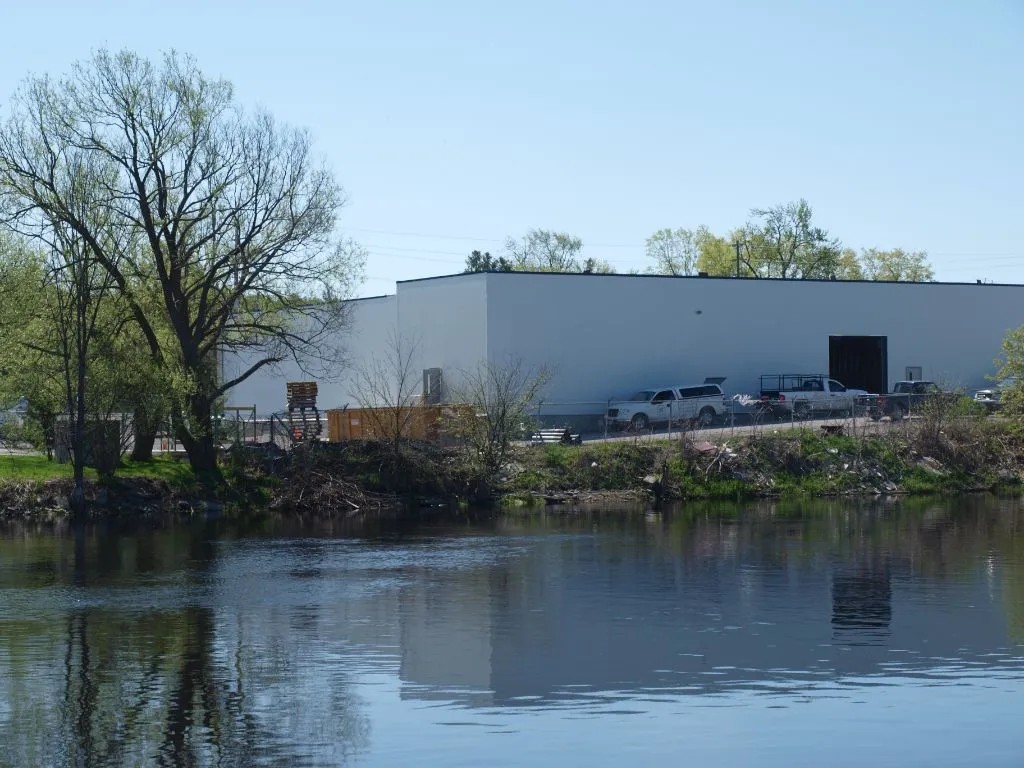While some businesses overlook it, energy efficiency should always be a major concern. Not only can it help your business reduce its environmental impact, which can be helpful as a marketing asset, but it can also help improve your bottom line by reducing heating and cooling costs.
One of the best ways to improve your business’s energy efficiency is to use more effective forms of insulation. High-quality insulated panels make this easier and more cost-effective. Often, these panels are graded according to their R-value, which measures the thermal resistance of a specific material. In other words, the higher the R-value, the better the panels will provide insulation and make your structure more energy efficient.
To help you make the right choices, we’ll explain the science behind R-values and highlight some high-quality options for insulated panels, such as ROCKWALL Fire Rated Panels and ISOWALL Insulated Panels.
What Is R-Value, and Why Is it Important?
As mentioned, R-value is a measure of a material’s thermal performance. The higher the R-value number, the better that material will be at providing insulation. Whether you are keeping the interior of a building warm or cold or want to prevent outdoor temperatures from impacting temperatures inside the building, seamless insulation provided by a material with a high R-value will make it easier to achieve your aims.
A high R-value will not only help cut heating and cooling costs but also help keep indoor temperatures stable. By slowing the transfer of heat from one side of the walls to the other, rapid fluctuations in temperature are minimized, which can be great for certain industries, like cold storage facilities, industrial kitchens, and agricultural buildings.
How Is R-Value Measured?
For practical purposes, each material, including prefabricated insulated wall panels, has its own R-value, which is usually measured per inch of thickness.
For multi-component materials, like bonded wall panels, the total R-value is calculated by adding up the total insulating performance of each layer.
These measurements are taken during tests in controlled environments, where the heat flow from one side of the material is measured over a specific amount of time while the surrounding temperature is kept perfectly steady.
The formula used to measure the R-value of a material basically consists of multiplying the temperature difference from one side of the material to the other by the area that’s being insulated over a set amount of time, then divided by the heat loss through the surface, the main takeaway is that R-value is not just a flimsy marketing term, it is a scientific formula that gives a realistic and accurate description of how well a material can provide effective insulation.
How Do Insulated Panels Improve Energy Efficiency?
Like any form of high-performance insulation, high-quality insulated panels can improve your overall energy efficiency by providing continuous insulation across the entire surface of your exterior walls.
Where traditional forms of insulation can leave gaps, which allow thermal bridging and the movement of warm air from one side of the wall to another, the continuous and even design of high-end wall panels ensures continuous insulation.
Prefabricated panels also have a high R-value per inch, especially compared to low-cost conventional insulation methods. They are easier to install and work with than traditional insulators and offer superior thermal resistance.
As a bonus, these insulated panels offer much better airflow and moisture control than traditional insulation. This prevents air leaks and condensation buildup, improving comfort and overall energy efficiency.
So, with wall panels, you save time and money during installation while enjoying better performance that lasts longer than traditional forms of insulation. Basically, it’s a win-win.
Advantages of ISOWALL EPS Insulated Panels Over Polyurethane
Polyurethane-based insulation is incredibly popular. It is inexpensive and offers a high R-value when first used. Typically, it comes in the form of spray foam, but it can also be used as the core material in prefabricated wall panels.
While it seems like a good option, polyurethane insulation tends to lose its R-value as it ages, with the thermal performance of the material declining significantly in as little as two to five years after it is sprayed. This is due to a process called thermal drift, which occurs when air enters the pockets of space created during the spraying process. These gaps between the insulating material can increase in size over time, making the issue worse as the polyurethane grows older.
This is why insulating wall panels made with an expanded polystyrene (EPS) core outperform polyurethane foam insulation, especially in the long run. EPS panels are considered closed-cell structures, meaning they do not allow air or moisture to penetrate them. In other words, the insulation they provide lasts the test of time, making them a better long-term investment.
As an added bonus, EPS wall panels are significantly easier and cleaner to install than polyurethane spray insulators. So, not only does EPS retain its R-value longer, but you don’t have to worry about moisture damage or a messy installation process.
The Best Insulated Panels for Energy Efficiency
For those looking to maximize energy efficiency while ensuring durability and compliance with building codes, ROCKWALL Fire Rated and Insulated Panels and ISOWALL Insulated Panels are two of the best solutions available.
ROCKWALL Panels have a mineral wool core that provides a continuous insulation barrier and a high R-value while simultaneously providing fire resistance for added safety. ISOWALL Panels have a high-performance expanded polystyrene (EPS) core that delivers an outstanding R-value per inch that does not deplete over time. Plus, you can choose a range of core thickness levels between 2” and 10”, allowing you to select the exact R-value that fits your needs.
Final Words
You don’t have to understand the complexities of the science behind R-values to know that well-made panels with a high R-value and durable construction can improve your overall energy efficiency. If you want to choose the best option for your facility, click the link below:
